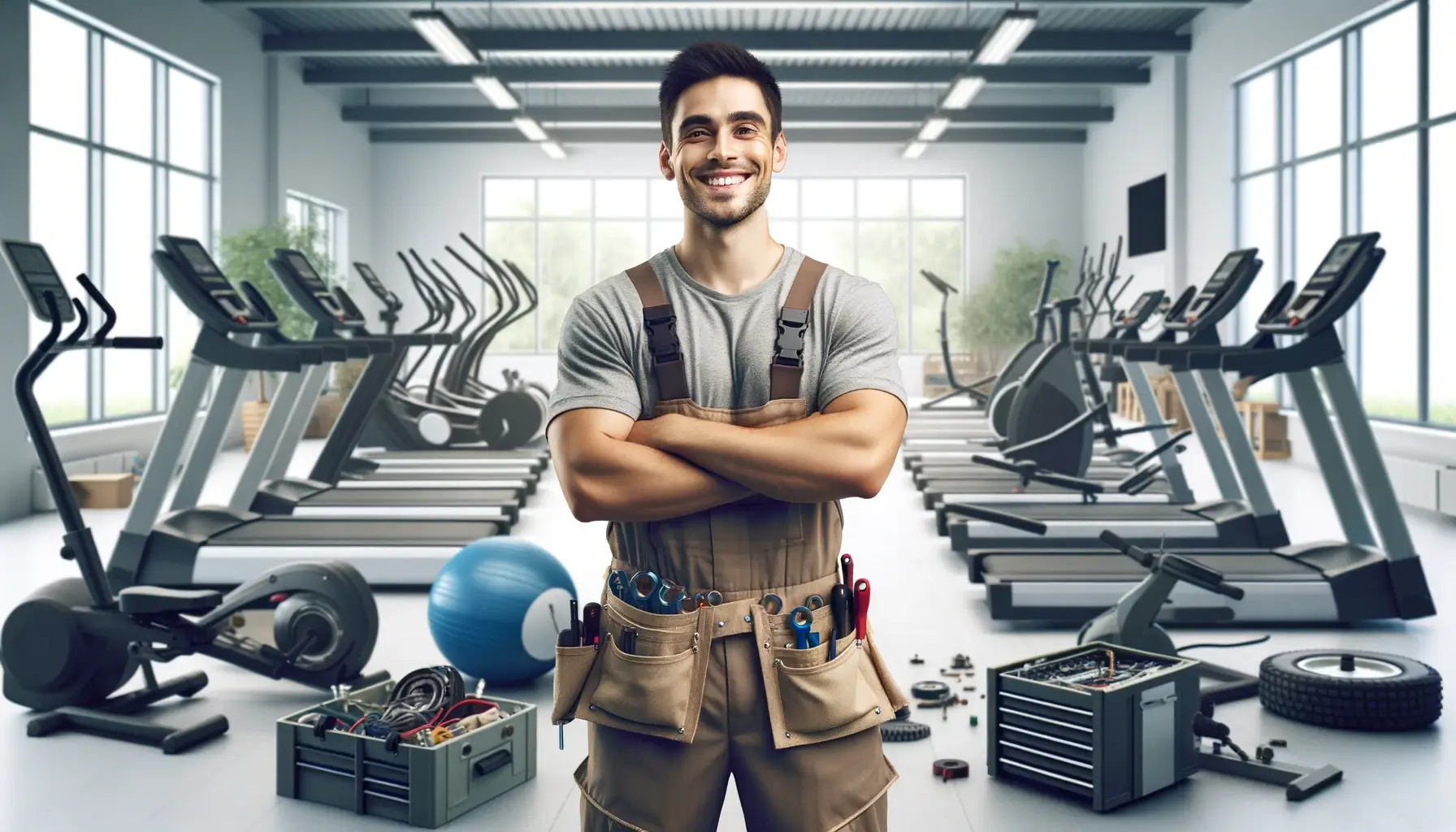Introduction
Maintaining the integrity and performance of gym equipment is crucial for the smooth operation of any fitness facility, whether it’s a commercial gym, a personal training studio, or a home workout space. Preventative maintenance is the key to maximizing the lifespan of your fitness gear, reducing costly repairs, and ensuring the safety of your members or clients. In this comprehensive guide, we’ll explore the importance of preventative maintenance, the essential tasks and schedules, and the best practices for keeping your gym equipment in top condition.
Table of Contents
ToggleUnderstanding the Importance of Preventative Maintenance
Regular preventative maintenance can significantly extend the lifespan of your gym equipment. By addressing minor issues before they escalate into major problems, you can avoid premature wear and tear, breakdowns, and the need for costly replacements. This not only saves you money in the long run but also ensures your members or clients have access to reliable and well-functioning fitness gear.

Enhancing User Safety
Preventative maintenance is crucial for maintaining the safety of your gym equipment. Regular inspections, adjustments, and repairs can help identify and address potential hazards, such as loose parts, worn components, or malfunctioning safety features. By proactively addressing these issues, you can prevent accidents and injuries, ensuring a safe and enjoyable workout experience for your users.
Improving Efficiency and Performance
Well-maintained gym equipment operates more efficiently, requiring less energy and providing a better user experience. Regular cleaning, lubrication, and calibration can optimize the performance of your fitness gear, enhancing the overall workout experience and reducing the risk of equipment failures or malfunctions.
Developing a Preventative Maintenance Plan
The foundation of an effective preventative maintenance program is a comprehensive maintenance schedule. This schedule should outline the specific tasks and their frequencies, ranging from daily inspections to monthly or annual servicing. Consider factors such as equipment usage, manufacturer recommendations, and industry best practices when creating your maintenance schedule.
Prioritize Critical Equipment
Identify the most critical pieces of equipment in your gym, such as treadmills, strength training machines, and weight racks. These high-use and potentially dangerous items should be prioritized in your preventative maintenance plan, with more frequent inspections and servicing.
Document and Track Maintenance Activities
Maintain detailed records of all preventative maintenance activities, including the date, task performed, parts replaced, and any observed issues. This documentation can help you track the maintenance history of each piece of equipment, identify recurring problems, and ensure consistent upkeep across your entire gym.
Train and Empower Your Staff
Involve your gym staff in the preventative maintenance process by providing training and clear guidelines. Empower them to perform routine inspections, basic troubleshooting, and minor repairs. This not only builds their skills and confidence but also ensures consistent maintenance practices throughout your facility.
Daily and Weekly Maintenance Tasks
Daily Inspections and Cleaning
Start each day with a thorough inspection of your gym equipment. Look for any visible signs of wear, damage, or potential safety issues, and address them promptly. Additionally, establish a daily cleaning routine to remove dust, sweat, and other debris that can compromise the performance and longevity of your fitness gear.
Weekly Maintenance Checks
On a weekly basis, conduct more in-depth inspections and maintenance tasks. This may include checking for proper alignment, lubrication, and tension adjustments, as well as testing the functionality of safety features and mechanisms. Document any issues or concerns, and schedule more comprehensive servicing as needed.
Monthly and Periodic Maintenance
Monthly Servicing
Every month, perform a more thorough inspection and maintenance regimen. This may include tasks such as deep cleaning, tightening of bolts and connections, and adjusting resistance levels or weight stacks. Consult the manufacturer’s recommendations for specific servicing requirements for each piece of equipment.
Quarterly and Annual Servicing
Certain maintenance tasks, such as comprehensive equipment inspections, component replacements, and calibration, may be required on a quarterly or annual basis. Develop a schedule to ensure these more extensive servicing activities are performed regularly, in accordance with the manufacturer’s guidelines and industry best practices.
Specialized Maintenance and Repairs
Working with Certified Technicians
For complex or specialized equipment, such as digital displays, electronic control systems, or hydraulic components, it’s advisable to work with certified technicians or the equipment manufacturer’s authorized service providers. These professionals have the expertise and specialized tools to accurately diagnose and repair any issues, ensuring the safety and proper functioning of your gym equipment.
Maintaining Records and Warranties
Meticulously document all maintenance and repair activities, including the parts used, the work performed, and the technician who completed the service. This documentation can be valuable when making warranty claims or demonstrating proper equipment care to regulatory bodies or insurance providers.
Preventative Maintenance for Home Gym Equipment
Adapting Maintenance Practices
While the principles of preventative maintenance are similar for both commercial and home gym equipment, the specific tasks and schedules may need to be adapted to fit the unique usage patterns and environmental conditions of a home workout space. Consult the manufacturer’s recommendations and adjust your maintenance plan accordingly.
Empowering Home Gym Users
Educate and empower your home gym users to perform basic preventative maintenance tasks, such as daily cleaning, visual inspections, and minor adjustments. Provide clear instructions and resources to ensure they can maintain their equipment properly and safely.

Conclusion
Preventative maintenance is a essential component of maintaining the longevity, safety, and performance of your gym equipment. By developing and consistently implementing a comprehensive maintenance plan, you can extend the lifespan of your fitness gear, reduce costly repairs, and ensure a safe and enjoyable workout experience for your members or clients. Remember to prioritize critical equipment, train your staff, and stay up-to-date with manufacturer recommendations and industry best practices. By proactively addressing maintenance needs, you can keep your gym running at its best, ultimately enhancing the overall fitness experience for all who use your facilities.




